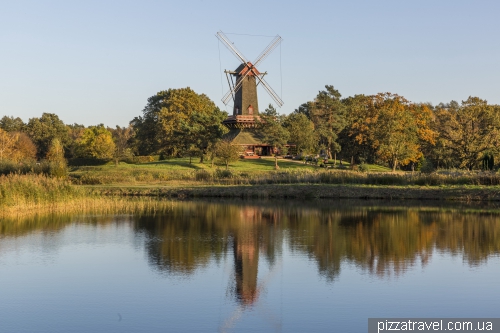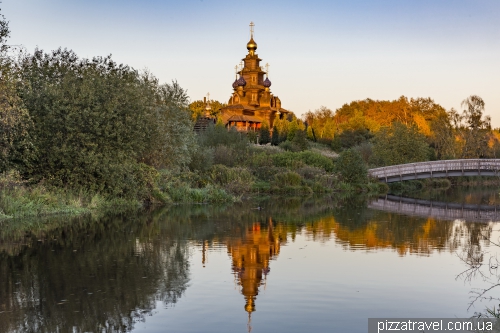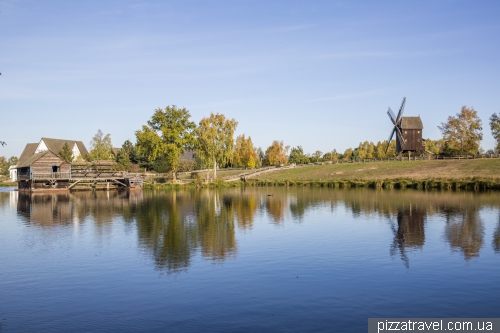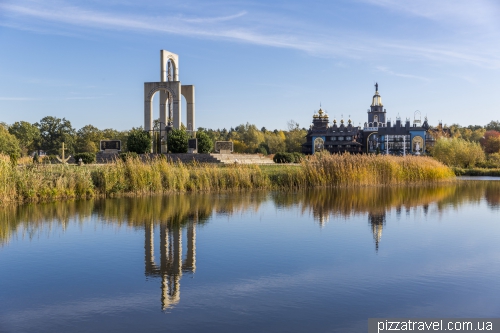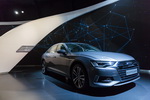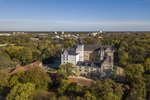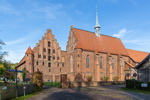There are mills from all over Europe and even one from Korea. In 1988, back in the times of the USSR, the museum was presented with the Ukrainian mill Natalka. Its prototype stands in the city of Korsun-Shevchenskivsky and works as a restaurant and hotel (Google Street View).
In 2001, a Russian mill from Arkhangelsk was added, and earlier a wooden Orthodox church was built.
It is worth saying that we did not visit the museum. Since it is surrounded by lakes, there are enough scenic spots around.
The next interesting object is The Bells Palace (Glocken-Palast). It was built in various styles and looks like Russian churches, but it is not a church. The palace hosts exhibitions and various events on the theme of peace, freedom and cultural diversity. The foundation stone of the building was laid in 1996 by Mikhail Gorbachev, who is also the patron of the palace. Visiting is possible, check opening hours are on the official website http://glockenpalast.de/informationen-fur-besucher/.
Near the palace stands the European Liberty Bell (Europäische Freiheitsglocke). It weighs more than 10 tons and is one of the biggest bells in the country. Installed in 2007 with the help of private donations, in commemoration of the fall of the Berlin Wall and the unification of Germany. State funds were not raised for an obvious reason: the construction symbolizes freedom and therefore cannot be funded by the government.
There is also a castle in the town (Schloss Gifhorn), built between 1525 and 1581. Inside there is a historical museum, find opening hours and ticket price on the official website http://www.museen-gifhorn.de/besucherinformationen/.
All objects are located close to each other and surrounded by picturesque lakes, there are many walking trails. We recommend this town for a walk.
Getting there: parking N 52 29.317 E 10 32.925. Railway station Gifhorn Stadt, use bahn.de.



